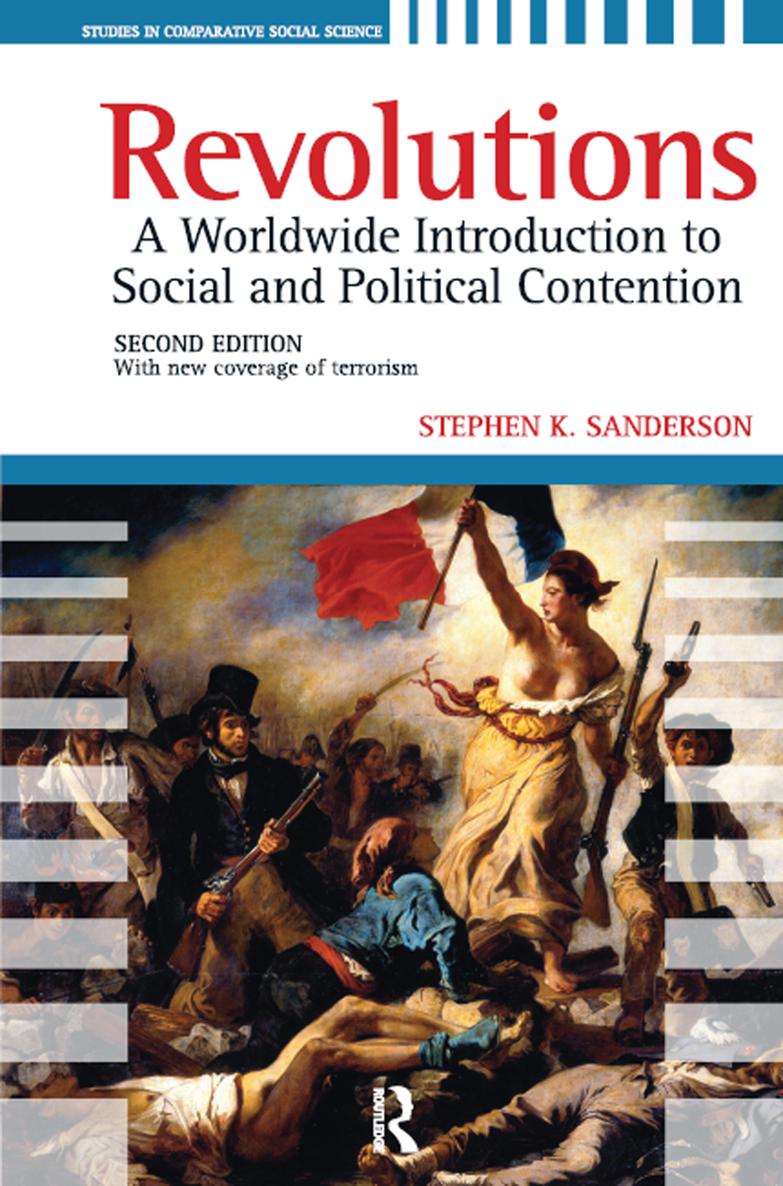
REVOLUTIONS
Studies in Comparative Social Science

A series edited by Stephen K. Sanderson

Titles Available
Revolutions: A Worldwide Introduction to Political and Social Change, Stephen K. Sanderson (2005)
Plunging to Leviathan? Exploring the Worlds Political Future, Robert Bates Graber (2005)
The Depth of Shallow Culture: The High Art of Shoes, Movies, Novels, Monsters, and Toys, Albert Bergesen (2006)
Studying Societies and Cultures: Marvin Harriss Cultural Materialism and Its Legacy, edited by Lawrence A. Kuznar and Stephen K. Sanderson (2007)
The New Evolutionary Social Science: Human Nature, Social Behavior, and Social Change, edited by Heinz-Jurgen Niedenzu, Tamas Meleghy, and Peter Meyer (2008)
The Supernatural and Natural Selection: The Evolution of Religion, Lyle B. Steadman and Craig T. Palmer (2008)
Conflict Sociology: A Sociological Classic Updated, by Randall Collins, updated and abridged by Stephen K. Sanderson (2008)
Judaism in Biological Perspective: Biblical Law and Judaic Practices, edited by Rick Goldberg (2009)
Revolutions: A Worldwide Introduction to Social and Political Contention, Second Edition, Stephen K. Sanderson (2010)
REVOLUTIONS
A WORLDWIDE INTRODUCTION TO SOCIAL AND POLITICAL CONTENTION
SECOND EDITION
Stephen K. Sanderson
First published 2005 by Paradigm Publishers
Published 2016 by Routledge
2 Park Square, Milton Park, Abingdon, Oxon OX14 4RN
711 Third Avenue, New York, NY 10017, USA
Routledge is an imprint of the Taylor & Francis Group, an informa business
Copyright 2005; 2010, Taylor & Francis.
All rights reserved. No part of this book may be reprinted or reproduced or utilised in any form or by any electronic, mechanical, or other means, now known or hereafter invented, including photocopying and recording, or in any information storage or retrieval system, without permission in writing from the publishers.
Notice:
Product or corporate names may be trademarks or registered trademarks, and are used only for identification and explanation without intent to infringe.
Library of Congress Cataloging-in-Publication Data
Sanderson, Stephen K.
Revolutions : a worldwide introduction to social and political contention / Stephen K. Sanderson. 2nd ed.
p. cm.
Includes bibliographical references and index.
ISBN 978-1-59451-704-4 (hardcover : alk. paper) ISBN 978-1-59451-705-1 (pbk. : alk. paper) 1. Revolutions. I. Title.
JC491.S32 2010
303.64dc22
2009036338
Designed and Typeset in New Baskerville by Straight Creek Bookmakers.
ISBN 13 : 978-1-59451-704-4(hbk)
ISBN 13 : 978-1-59451-705-1(pbk)
For Gunder
T HIS BOOK BEGAN LIFE AS A CHAPTER IN A PROPOSED TEXTBOOK on social change. That book was never finished, but the revolutions chapter was eventually expanded to make a book of its own. In its first edition, Revolutions was adopted as a text in a wide variety of courses in colleges and universities in the United States, Canada, and Europe.
Because I was not originally a true specialist in the study of revolutions, I had to dig into the pertinent empirical and theoretical literature almost from scratch. This turned out to be an extremely rewarding experience, because I have found the most important work on revolutions and state breakdowns fascinating. Moreover, this work represents some of the best scholarship that my own discipline, sociology, has to offer. Sociologists of revolution are among the most intellectually sophisticated of all sociologists, and one can point to their work with great pride in the knowledge that we are members of the same discipline. At the same time, scholars from other disciplines have contributed greatly to teaching and writing on revolutions. I am pleased to say that the first edition of Revolutions has been adopted not only in sociology courses but also in courses in political science, history, and international studies, among others.
New to the Second Edition
Because of the growing interest in terrorism since the brutal attacks of September 11, 2001, and the increase in the number of courses devoted to this topic, a major focus of this new edition is to connect the study of revolutions and revolutionary movements with the study of terrorism and terrorist movements. and historical sense, but with emphasis given to contemporary Islamic terrorism.
In addition, an updated and expanded epilogue has been added to the second edition. It makes predictions about the likely future of terrorism and connects them to predictions about the probable future of revolutions.
Features of This Text
I have attempted to make this book a model of student-friendly, classroom-ready material. It
is written in a clear, engaging, student-accessible style;
presents an analytic framework for understanding revolutions;
provides comprehensive coverage: Covers three major historical revolutions (France, Russia, China), four Third World revolutions (Cuba, Nicaragua, Iran, and the Philippines), and the revolutions from above in Eastern Europe and the Soviet Union;
critically evaluates all major theories of revolution, favoring the state-centered perspective that is currently the reigning paradigm;
showcases the lives of ten major students of revolutions from John Foran to Eric Wolfsome in their own wordsin a unique ;
provides a long list of suggested readings in a concluding bibliographical essay;
is the only book available that covers all major revolutions and the major theories explaining themnow with a new chapter on terrorism.
Organization of the Book
follows by examining several examples of much more recent revolutions in the less-developed parts of the world, especially the Cuban Revolution of 1959 and the Nicaraguan and Iranian Revolutions of 1979.
This leads to what is really the heart of the booka discussion of some of the most prominent explanations of revolution that social scientists have proposed. take up this discussion. Whereas social disorder and rebellion are common and frequent, actual revolutions are relatively rare, and most attempts at revolution are abortive. The various theories attempting to explain why this is so are reviewed and critically assessed.
presents short biographical and autobiographical sketches of ten leading students of revolution.
I have written this book as both a contribution to scholarship and a work suitable for the classroom. I hope instructors will find it useful not only for specialized courses in revolutions but also for courses in political sociology, comparative/historical sociology, macrosociology, social change, sociology of development, Third World studies, and the like. I have tried to make the writing highly accessible to undergraduates; if responses to my previous books (including the first edition of this one) are any indication, I think I have succeeded.


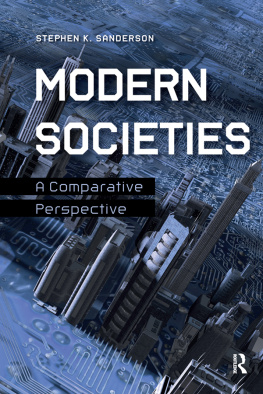

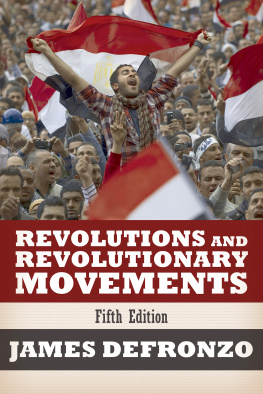
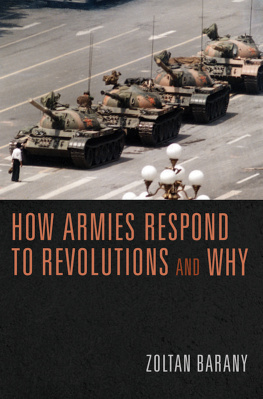
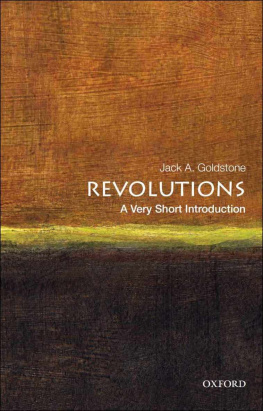
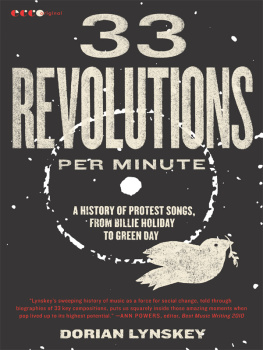
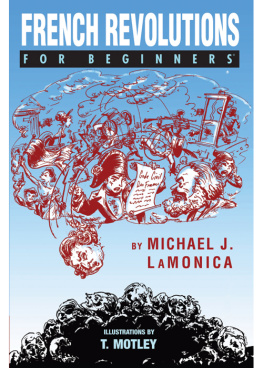

 A series edited by Stephen K. Sanderson
A series edited by Stephen K. Sanderson 